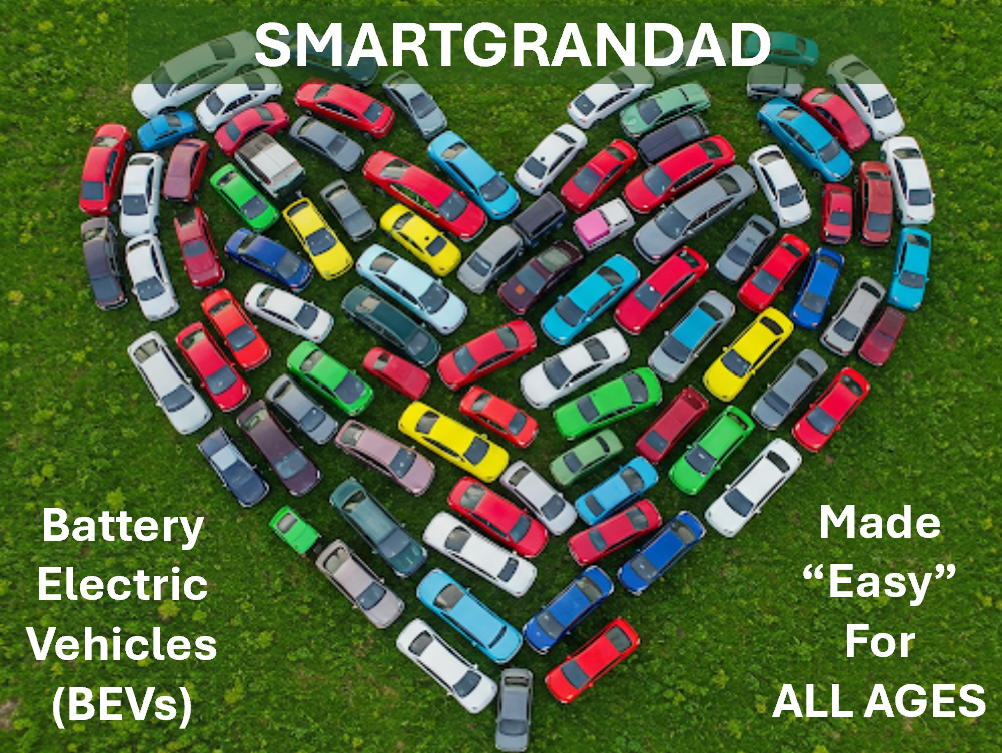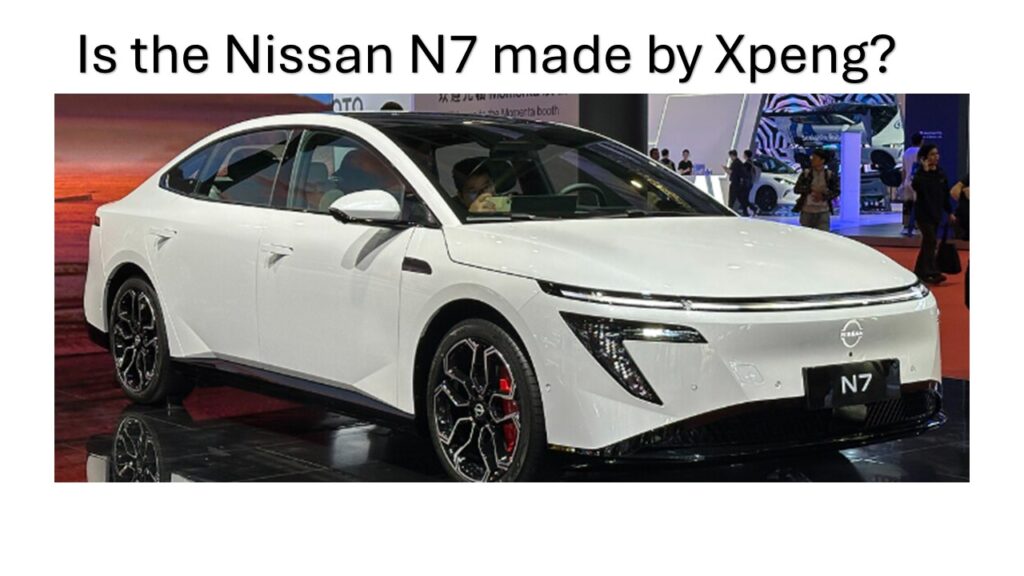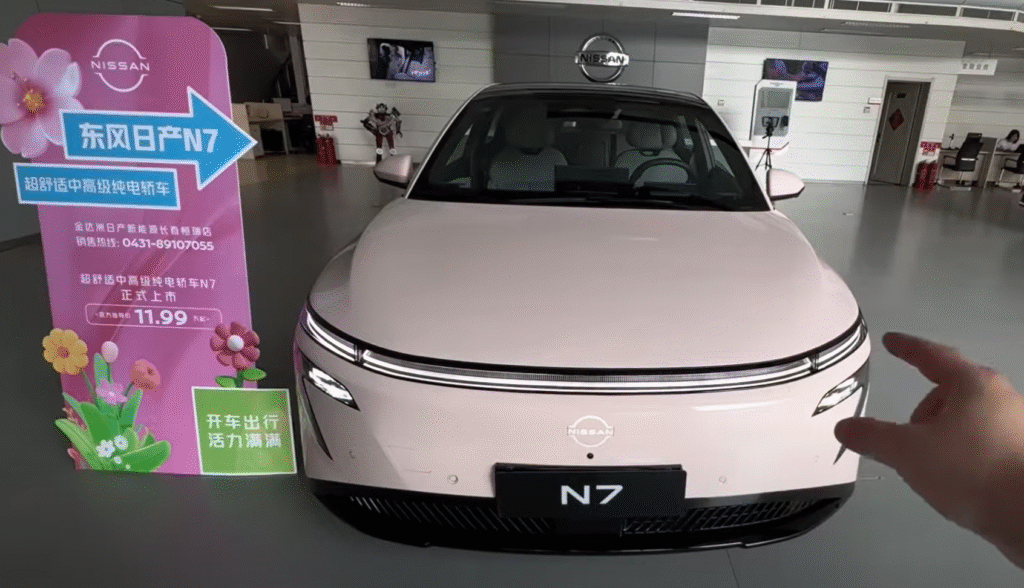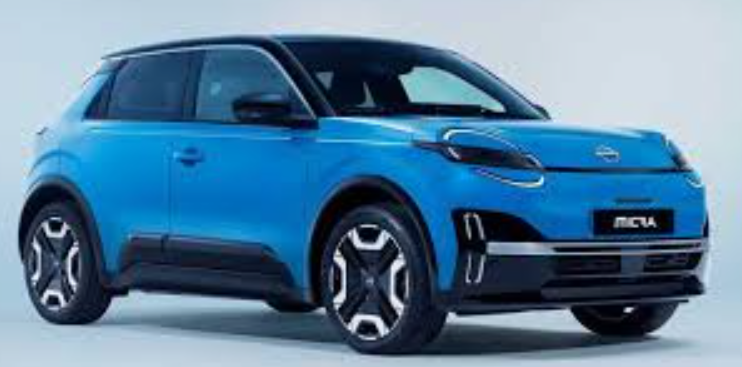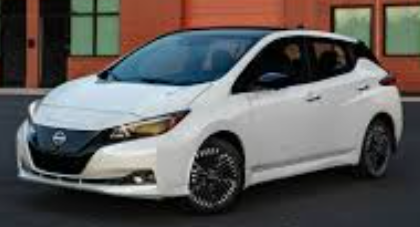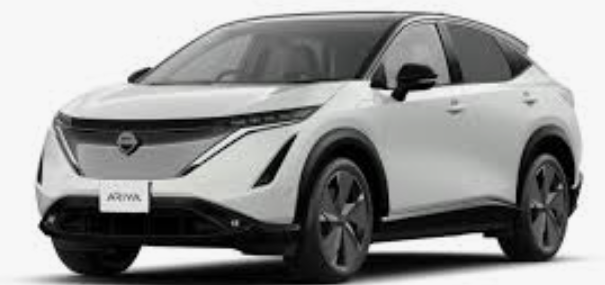Nissan Sakura
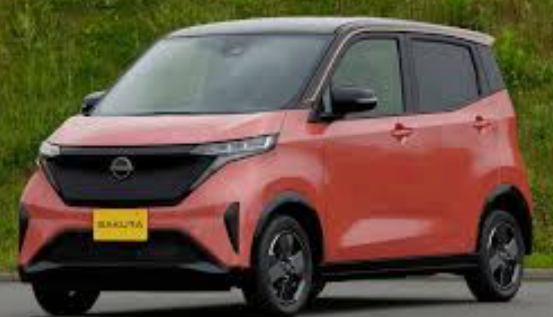
1. Body Style and Size Segment
The Nissan Sakura is a 5-door hatchback, classified as a “kei car” in Japan. Its compact dimensions are 3,395 mm (length), 1,475 mm (width), and 1,655 mm (height), with a seating capacity for four.
2. Platform Architecture, Voltage, Range & Efficiency
Built on a dedicated EV platform, the Sakura features a 20 kWh lithium-ion battery. It utilizes a 400V architecture and offers a WLTC range of up to 180 km. The 47 kW motor delivers instant torque, making it efficient for urban driving.
3. Technical Capabilities
The Sakura includes advanced driver assistance features such as ProPILOT for automated steering and braking, and ProPILOT Park for hands-free parking. It also offers Nissan’s e-Pedal Step for regenerative braking.
4. Interior Quality and Storage Capacity
The interior is surprisingly spacious for a kei car, with comfortable seating and a minimalist dashboard. The boot space is 107 liters, which can be expanded by sliding the rear bench forward. There is no front trunk (frunk).
5. App Functionality
The NissanConnect Services app offers remote functionalities such as checking battery status, setting cabin temperature, managing charging schedules, and accessing driving history and eco-ranking.
6. 3 Pros and 3 Cons
Pros:
- Extremely compact and nimble, ideal for city driving and parking.
- Good interior space and comfort for its size.
- Advanced driver assistance features like ProPILOT Park are rare in this segment.
Cons:
- Limited range suitable primarily for urban use, not long trips.
- Small cargo capacity with all seats in use.
- Primarily available in Japan, not widely for global markets.
7. Overall Summary
The 2025 Nissan Sakura excels as a highly practical and technologically advanced electric kei car, perfectly suited for the congested urban environments it’s designed for. While its range and storage may not rival larger EVs, its compact size, maneuverability, and smart features make it a strong competitor in its segment, particularly against its co-developed sibling, the Mitsubishi eK X EV.
Real world range estimates
The table below shows some estimated real-world examples in perfect condition and in conditions needing A/C to heat or cool vehicles. See our range guide to see how the range is affected in real world.
| Range | Consumption | |
|---|---|---|
| 90kmh/56mph perfect condition | 486km / 302 mi | 18,5 kWh/100km / 3,4 mi/kWh |
| 90kmh/56mph with 2KW heating | 446km /270mi | 20,7 kWh/100km /3,0 mi/kWh |
| 70mph/112kmh perfect condition | 391 km / 243 mi | 23,0 kWh/100km / 2,7 mi/kWh |
| 70mph/112kmh with 2KW heating | 363km / 226mi | 24,8 kWh/100km / 2,5 mi/kWh |
| 120kmh/75mph perfect condition | 367 km / 228 mi | 24,5 kWh/100km / 2,5 mi/kWh |
| 120kmh/75mph with 2KW heating | 344 km /214mi | 26,2 kWh/100km /2,4 mi/kWh |
